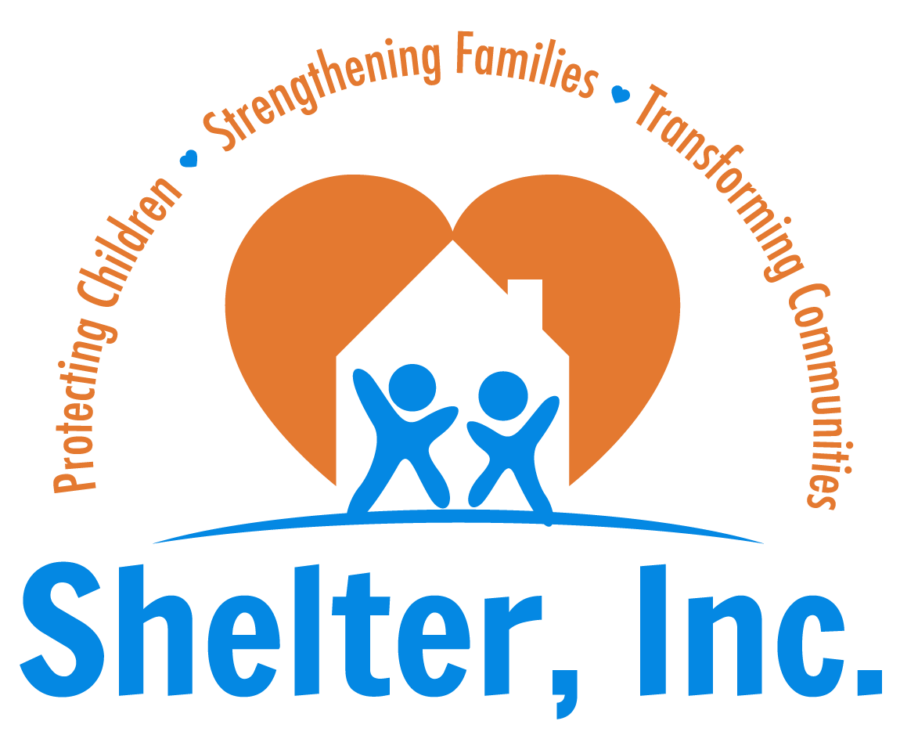More than two years since the pandemic began, students are again heading back to the classroom, and we all want to breathe a sigh of relief that things are back to normal. But today’s “normal” isn’t the same as it was pre-COVID.
Increasing rates of depression, anxiety, suicide, self-harm, aggression, eating disorders, and other behavioral issues in youth prompted a National State of Emergency in Children’s Mental Health by professional organizations in 2020. Yet, tragically, the increase continues.
What’s gone wrong? It’s no secret that stress levels in kids and adults have been on the rise for years. With the pandemic came social isolation, financial insecurity, fear, and grief that added more stress, overwhelming children and families.
As one high school student said, “Too much is going on now. When I’m home, I worry about graduating because of all the classroom time I missed during COVID and if I’ll get into a college. When I’m in school, I panic about everything crazy going on in the world that just gets worse. If the adults don’t know what to do, how am I supposed to know? I can’t deal with it anymore.”
Isolation has also meant access to mental health services has been delayed or obstructed. Hospitals and clinics are overbooked and understaffed, and schools are struggling to get resources. When a youth has a mental health crisis, they can’t wait 3 months for an appointment any more than one who has appendicitis.
What can be done? Like so many other locks in life, education is the key. It’s critical to know the signs of someone struggling with mental health issues and how to respond to them.
The Born This Way Foundation, co-founded and led by Lady Gaga and Canada’s Jack.org, created a self-paced virtual course to provide the “knowledge, skills, and confidence…to safely support anyone who may be struggling with their mental health.” Though the primary target is teens, the course is highly recommended for any age.
Primary takeaways from the course include signs of someone struggling with mental health issues, realistic ways to help them, boundaries to set, and self-help. Best of all, it brings the subject of mental health into a comfort zone that makes dialogue easier.
The more you know, the more you can help. Other recommended reading:
How Parents Can Help a Child’s Mental Health
Back to School: 9 Ways to Support Children’s Mental Health


0 Comments